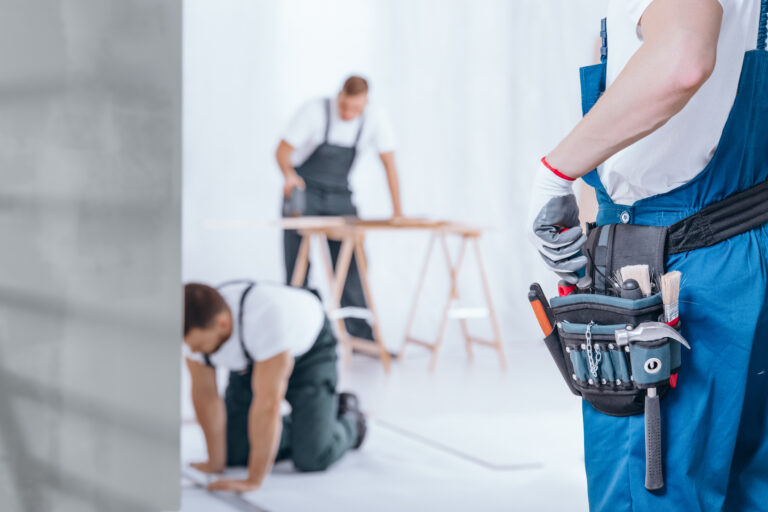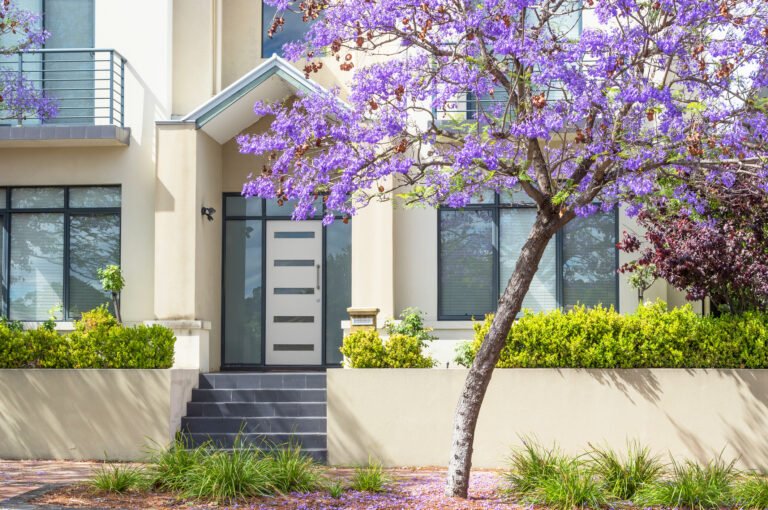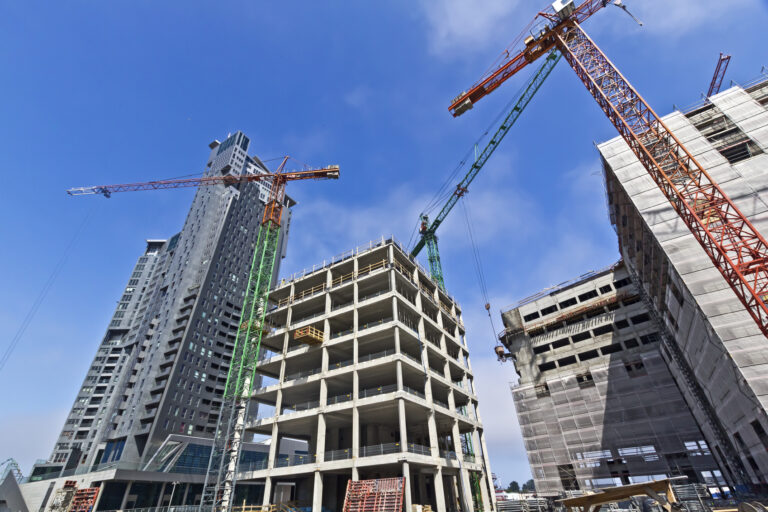Time to read: 4 mins
There are few things more satisfying than walking through the door of your new home or apartment, and while it may appear perfect in those first few moments, only time will tell if the construction is up to standard.
All new homes and apartments are covered under warranties of different lengths of time in different states. Generally, one year for cosmetic defects, two years for mechanical defects and up to 10 years for structural defects.
Cosmetic defects include:
- Carpets
- Paintwork
- Windows and window finishings
- Cupboards
- Benches
- Tapware
- Paint etc.
Mechanical defects include:
- Plumbing
- Electrical
- Heating
- Air conditioning
What’s not considered a defect:
- Maintenance issues
- Damage due to wear and tear
- Damage due to neglect
- Accidental damage
- Extreme weather damage, or ‘Acts of God’
- Appliance issues as they are covered by their own warranties.
It takes at least one year, with four full seasons, to put a new property to the test and help homeowners identify any potential issues or defects with their property, but what do you do when you find one?
In Queensland specifically, the first thing you can do is contact the builder, and engage an independent inspection to offer a second opinion. If you are unable to come to an agreement with the builder you can open a case with the Queensland Building & Construction Commission (QBCC).
The QBCC can offer advice, mediation, and will visit the site to assess who is responsible for the faults. If required, the QBCC will issue an Order to the builder to rectify, before taking the matter to a dispute resolution process.
While there is no way to tell if you will be dealing with building defects in your new home or apartment, there are steps you can take to minimise your risk of poor quality craftsmanship before the build begins.
Start by completing a search on the QBCC website to determine if the builder has any open or previous claims against them for poor craftsmanship in the past. Look up other developments they have completed and research the final product and if there is a history of complaints.
Also, take note of your warranty expiry dates and organise an inspection as some defects are easy to miss. You may even find your builder will a quality-control inspector within the first year to check on your house as part of their contract – if not, ask for it to be an inclusion.
There are limitations on the type of complaints QBCC can follow up under the Queensland Home Warranty Scheme and you can find more information on their website.
The most common defects reported by new apartment owners in 2012*:
- Internal water leaks – 42%
- Cracking to internal or external structures – 42%
- Water penetration from outside – 40%
- Guttering faults – 25%
- Defective roof coverings – 23%
- Defective plumbing – 22%
- Tiling problems – 20%
- Building movement – 17%
- Noise break-through – 17%
- Defective balcony balustrades – 15%
- Lack of or defective fire safety measures -15%
- Electrical faults – 14%
- Inappropriate or correctly installed materials – 12%
- Defective machinery – 12%
- Other – 5%
*SOURCE: UNSW City Futures Research Centre – Governing the Compact City: The role and effectiveness of strata management, 2012









